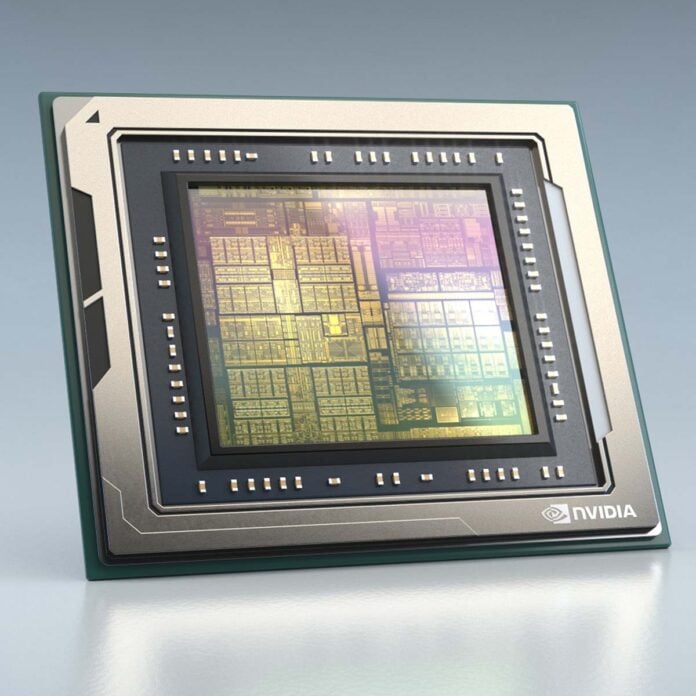Sat in the audience for Nvidia’s keynote during Computex 2025, I strapped myself in for CEO Jensen Huang’s pitch of how Nvidia planned to make its first big leap into the consumer space with a new ARM CPU. Sadly, that never happened. Following the event, reports continue to emerge that all isn’t well with the rollout of Team Green’s N1X SoC, to the point that it may not launch this year at all.
Following a few bumps in the road earlier this year, which Nvidia has now resolved, N1X production is reportedly in crisis once again. These problems are so severe, that outlet SemiAccurate claim the SoC’s launch will now fall into the later part of 2026, despite the chip being in full production.
Since the publication of SemiAccurate’s article, Digitimes corroborates that Nvidia is delaying N1X. The reasons for the manufacturer’s change of launch plans partly lie in chip revisions, but Microsoft and market headwinds apparently also factor into this decision too.
We have actually seen N1X in action through Geekebench leaks, where the SoC delivered performance comparable to Ryzen 7 9800X3D and Core Ultra 9 285K. More importantly, the SoC is faster than Qualcomm’s Snapdragon X Elite. It’s unclear how reflective of final silicon these results are, but chip revisions could ultimately make them irrelevant.
If the chip is up and running, why the delay? On the Microsoft front, Nvidia is apparently waiting for the company’s ‘next-generation operating system’. This is presumably Windows 12, which rumours suggest will launch later than expected resulting in Windows 11 25H2. Of course, N1X needs the ARM version of the OS up and running rather than the more commonplace x86 variant.
Speaking to market demand for N1X, Liberation Day tariffs and those since have undoubtedly had a pronounced effect on consumer and enterprise demand. More broadly, analysts say appetite for AI PCs is weaker-than-expected as Qualcomm’s performance in the market demonstrates.
As much as Nvidia would undoubtedly rather strike the consumer market as soon as possible with N1X, it can certainly afford to wait out any and all of the issues described above. At the time of writing, the company has a market cap of $4 trillion, making it the only corporation in history to achieve such worth.
I’m keen to see what kind of impact N1X can make on the consumer space, particularly if it can draw consumers away from x86 to ARM in the same way Apple Silicon has. Alas, I’ll have to sate my curiosity with other offerings from competitors in the meantime, namely Intel Nova Lake and Zen 6 from AMD.
Hungry for more stories? Visit the Club386 Google News page and make sure you’re following the site so you don’t miss a thing.

